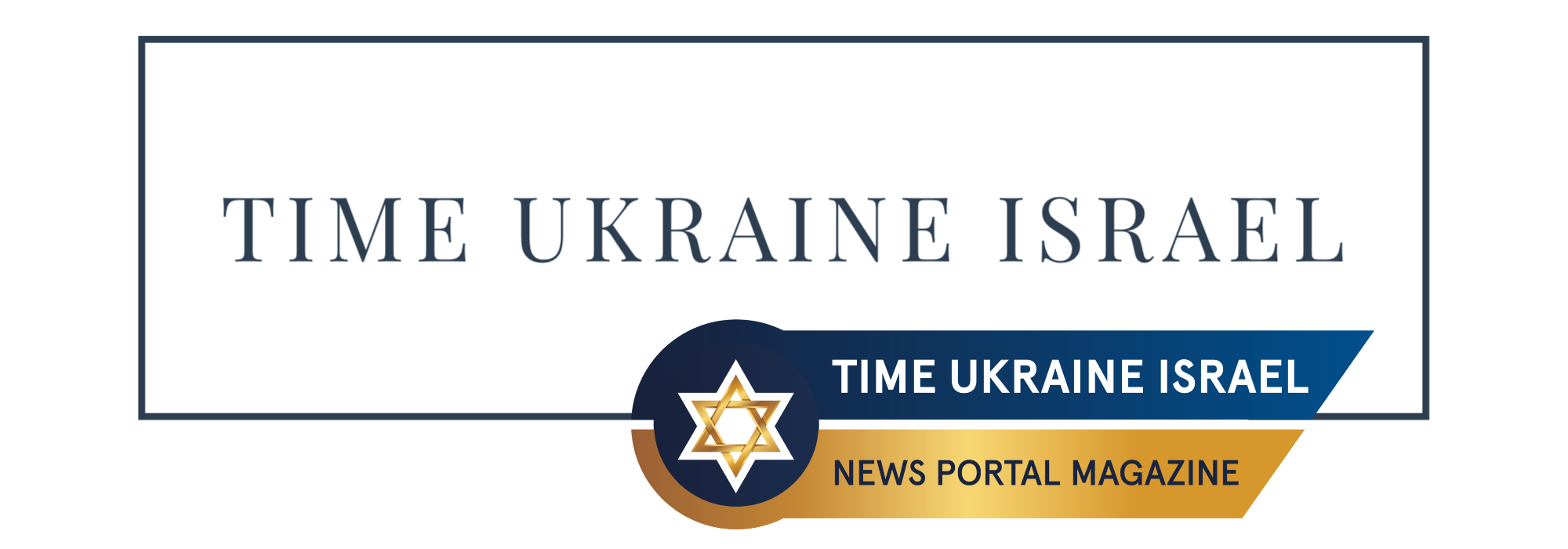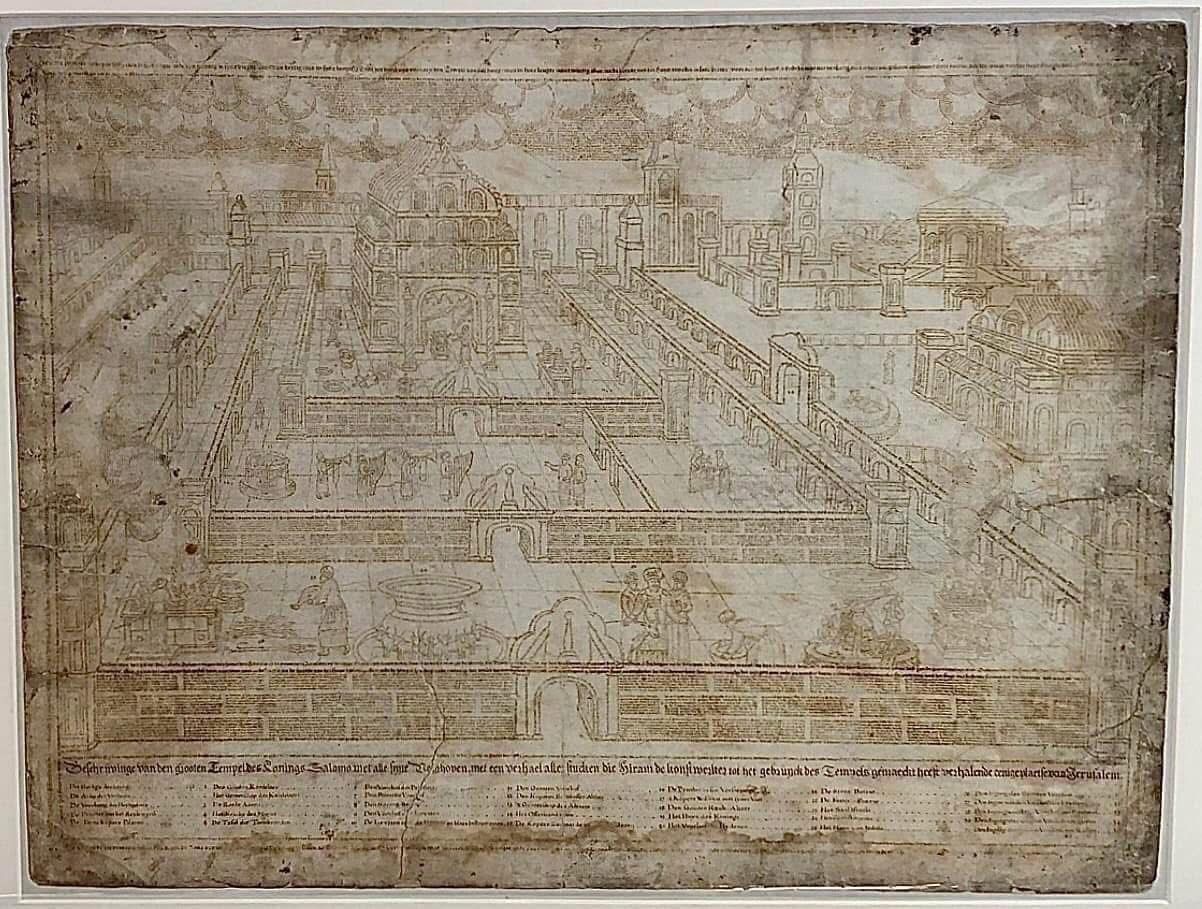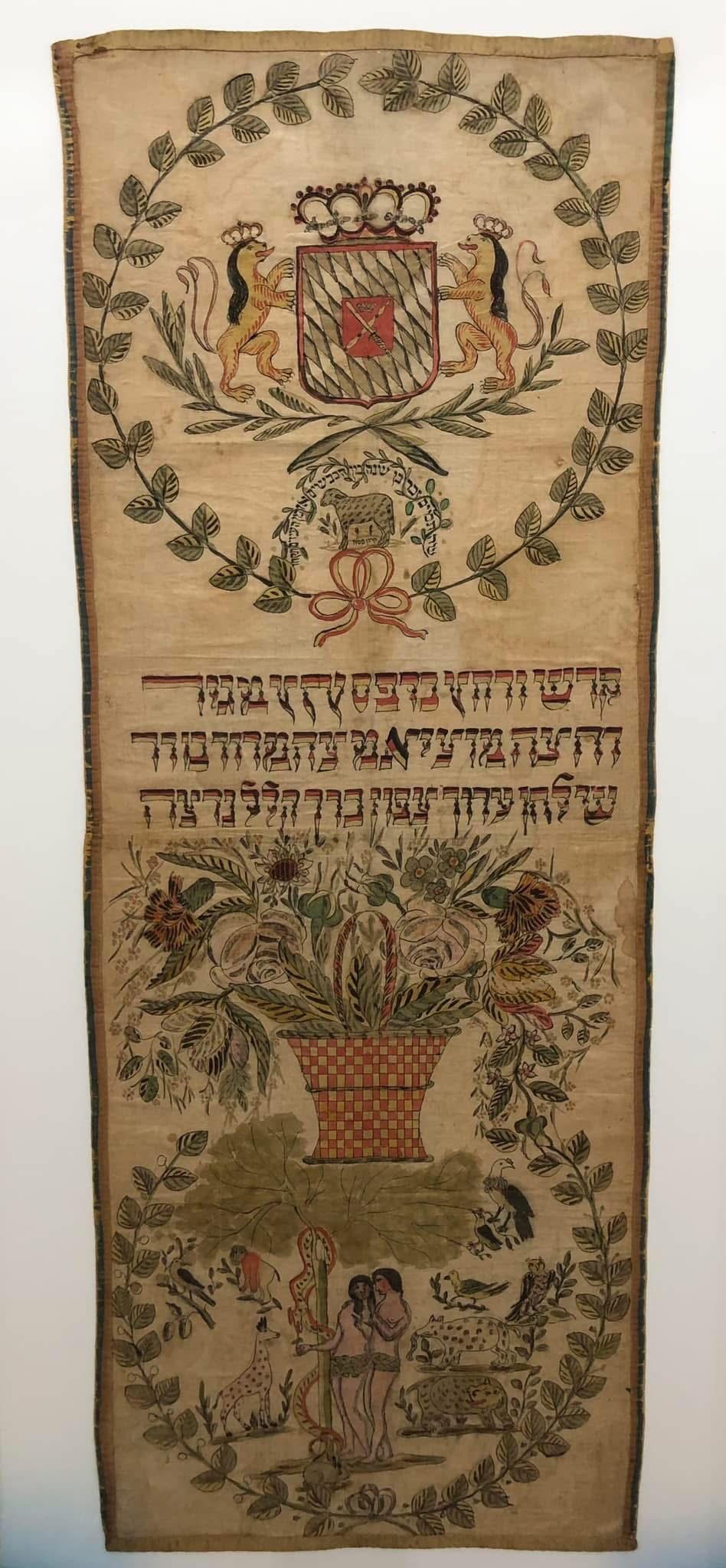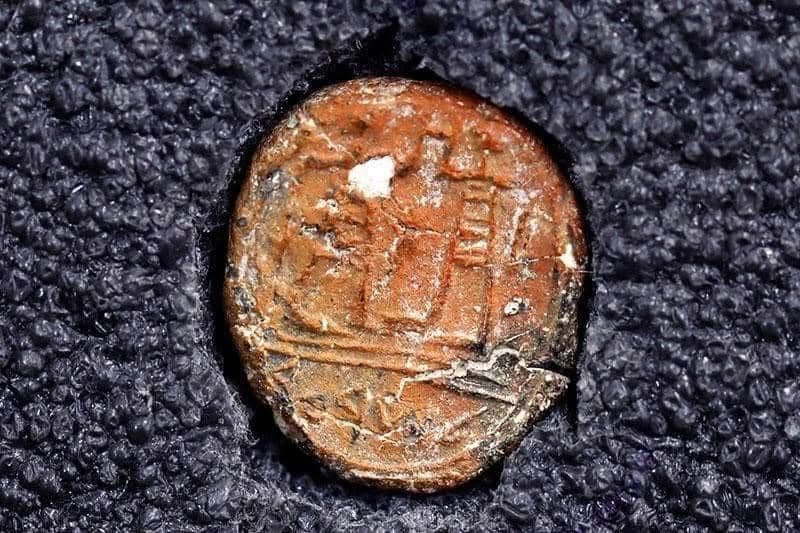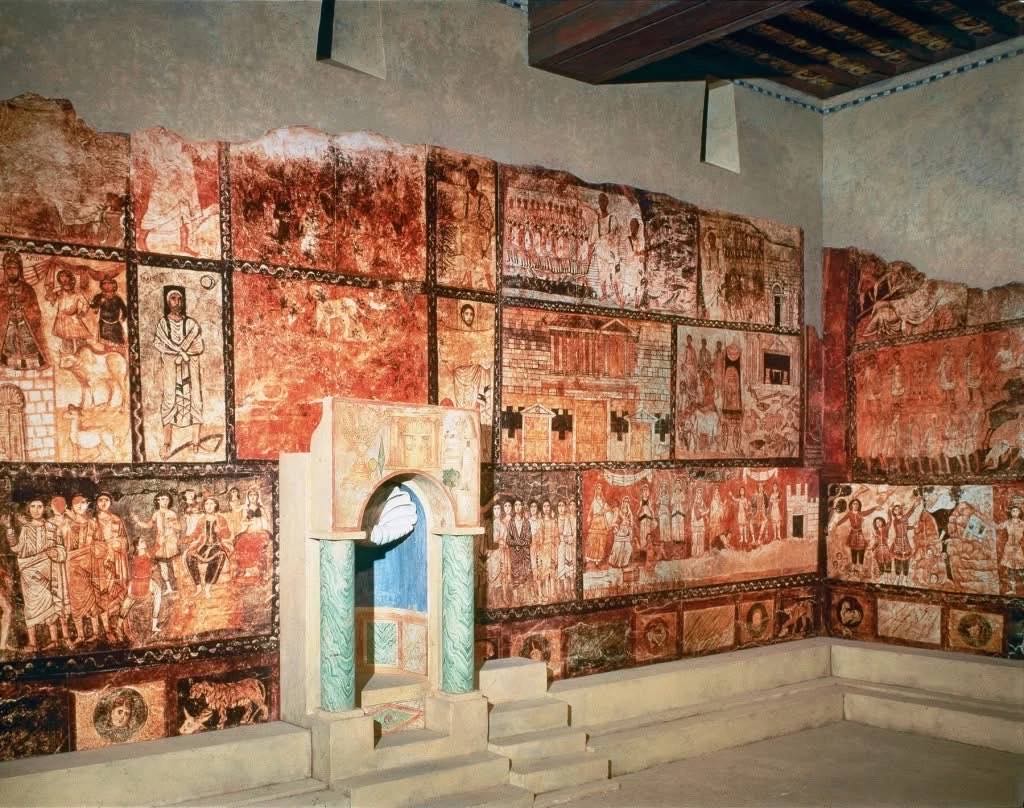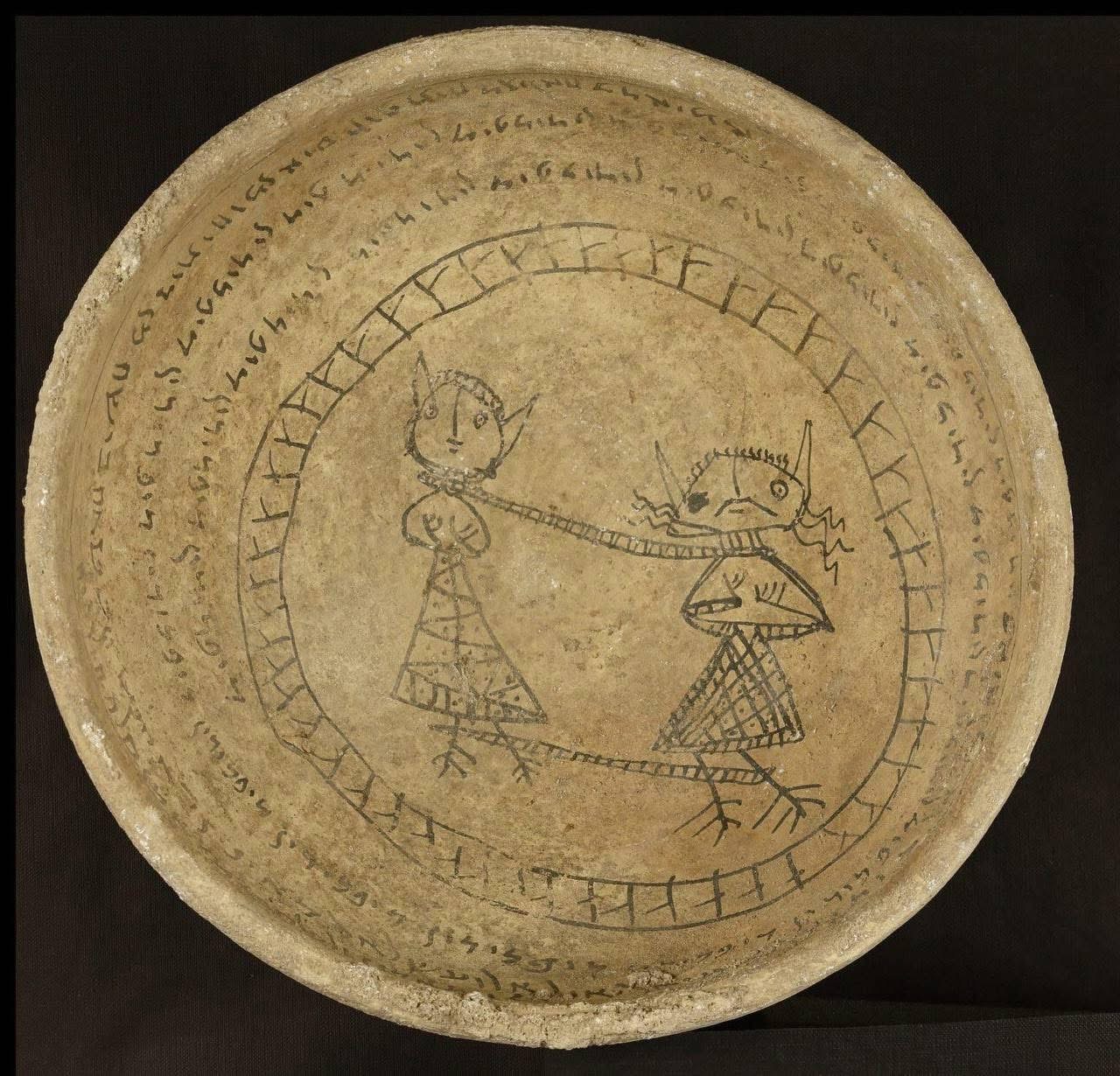The art of seventeenth-century Dutch micrography is a unique synthesis of religious tradition and high craftsmanship. One of the most striking examples is a handwritten ink drawing on paper reproducing the full text of Leviticus from the Torah. This micrographic work, designed as a description of the work of the priests (kohen) and the procedures in the temple, reflects a deep understanding of sacred texts and at the same time demonstrates exceptional detail.
This approach was characteristic of 17th-century Dutch masters who combined the art of calligraphy with miniature drawing to create works that served both spiritual and aesthetic purposes. This particular artefact belongs to the Neumark family collection. It is a testament not only to religious devotion but also to the high level of artistic culture of the time.
